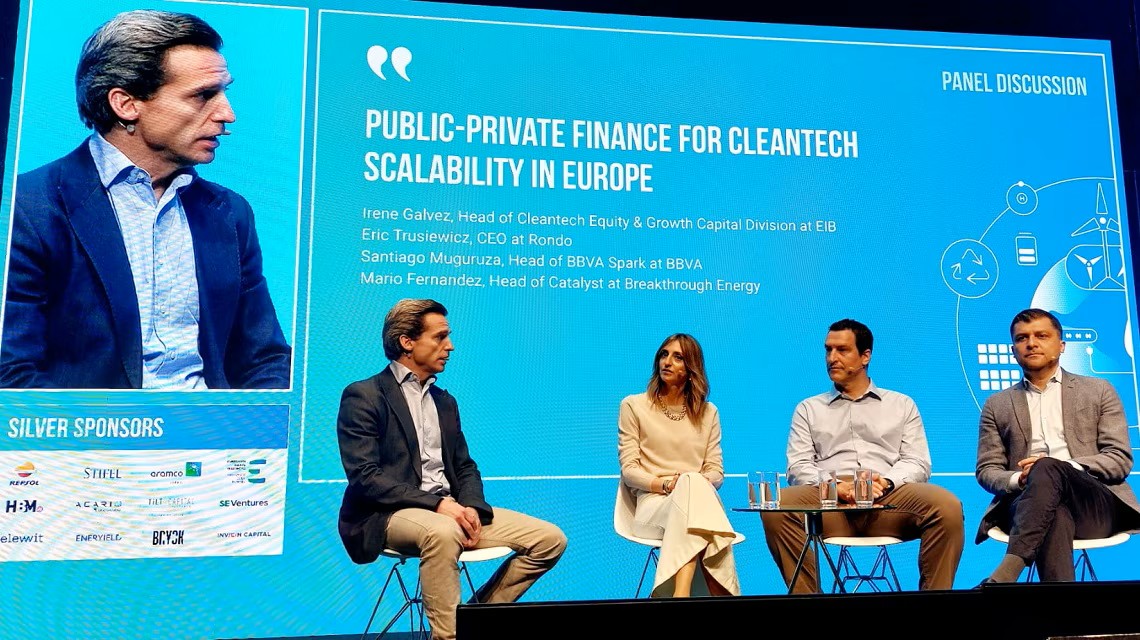Social platforms are a shop window for companies, who need to know how to make the most of them. To do this, it’s vital to analyse your audience, think hard about the message you want to convey and define a suitable strategy for each social network, as well as allocating a budget and being aware of certain metrics. Experts and startups share some of their know-how.
Lifespans in the digital world can be short, especially when it comes to social networks. The quintessential platform Facebook has reinvented itself on countless occasions since its creation in 2004, although now its position has mostly been relegated to the older generations. YouTube, Twitter and Instagram are resisting pressure from new platforms like TikTok and Twitch, but hardly anyone still remembers Snapchat or MySpace. For a few months it looked like Clubhouse would come out on top, augured by the trend for podcasts and the need to connect in the toughest moments of the pandemic, but it didn’t go any further. And is there anyone left who doesn’t have WhatsApp?
Whichever one it may be, the reality is that social networks are pretty much ubiquitous. There are over 3.8 billion active users around the world, according to data from the Digital 2020 report, drawn up by Hootsuite and We Are Social. Despite their name, people no longer use social networks for simple social or leisure reasons – they also provide information and you can buy products and services through them, something that has definitely taken off as a result of the pandemic and the emergence of e-commerce.
That’s why, if the whole world is on them, companies need to be too, particularly young businesses that are just making their presence felt. However, it’s not a question of being there for the sake of it – you have to adapt your content and consider the platform in light of your business objectives, model and target audience. Experts and startups give some hints and tips to help entrepreneurs create their own strategy.
Questions with multiple customised answers
“There’s no generic answer. The magic formula is to properly understand what your goal is and what your core business is about, and from there you’ll be able to start getting creative“, says Saúl Rodríguez, BBVA’s Global Head of Online Communication and Social Media.

So, “your success will boil down to whether you can understand who you want to address, what message you want to convey and which subjects you want to discuss”, details Ricardo Tayar, CEO and founder of digital business company Flat 101, adding that it’s an important exercise for financial services because “fintechs have major opportunities to leverage social media”. Not all questions can be answered, but we can provide some clues.
What do I want to communicate? Selling a product is not the same as generating brand awareness and visibility, as Rodriguez explains. For example, “if you’re a new fintech, you have to generate visibility for your projects, and if you’re launching a new product, you have to directly impact people”.
How do I address the audience? “It’s not the same talking to a company with 500 employees as one with 5,000, or addressing a young target audience versus a mature one”, indicates the BBVA expert. Also, you must listen to your audience – with social listening tools, your own target market will tell you what they need.
Master one social network and you’ve mastered them all? No, and beware of the ‘share via’ button. The same content does not work for all social networks. “Every social network has its audience; every audience has a tone, some codes, and a format you should follow”, indicates Rodríguez, adding that for startups it makes sense for that tone to be “fresh”. In addition, there’s an opportunity to make information more accessible, as Tayar explains: “In the financial arena, many people find it difficult to understand terms and products. Social channels are a window that can make fintech services more accessible and down to earth”.
What budget should I allocate? A reasonable problem is money – you need a budget to invest in social media, and an emerging company may not have funds available. “If today you don’t have the money for it, your reach will be very limited. For your content to go viral, you need a good tailored strategy – segment your audience and pick who you want to target”, states Rodríguez. In any case, you have to regard it as necessary, and Tayar adds: “Social media costs money because it requires people who have to know what they’re talking about, be familiar with the product and service, and know how to treat customers”.
How can I measure impact? There is a tendency to think about quantities, about accumulating, but “a brand having thousands and thousands of followers does not mean that it’s working well”, notes Tayar. Loyalty, participation and interaction metrics are better. “There are brands with highly influential projects that have few followers”, he explains.

Three startups, three ideas
So the experts agree – a social media strategy must be customised to fit each company according to its objectives, its audience and its business model. We spoke to three startups to find out what worked for them, but remember that you should create your own roadmap.
ClimateTrade is a marketplace that helps companies become carbon neutral. The startup was one of the winners of the WTO’s Global Tourism Startup Competition for the SDGs, which BBVA collaborated with. Their communications team answered our questions.
- What’s your strategy?“It focuses on communicating the impact, scope and benefits of our solutions. As a result of the pandemic, our social media strategy has been strengthened – we reinforced the warning message of a clear and urgent need to act and address climate change and the importance of sustainability.”
- Which social network works best for you? “We have more scope and interaction on LinkedIn, as our target audience is businesses and organisations. We post every day and the content varies according to relevant events, awards, new strategic alliances and customers.”
- Any advice for other startups? “Your cornerstone should always be the ‘why’ – explaining the purpose and showing the project’s essence and value proposition that differentiate it from others will help connect with the audience and inspire others to act”.
Royo is a sustainable fashion brand that got underway just as the pandemic broke out. Social media has helped their alternative compete with big brands. Its co-founder, CEO and creative director Nuria Robleño tells us about it.
- What’s your strategy? “Our philosophy has always been to be very transparent and to engage customers with the project through social media. At the beginning of the project, we were revealing it in videos and generating a sense of anticipation. We’ve also tried to be different at important times, such as the Black Friday campaign.
- Which social network works best for you? “Instagram, it’s the social network we’ve worked the hardest on. Its network of influencers and collaborators and its variety of formats allow us to offer much more content. Video is key”.
- Any advice for other startups? “Differentiate yourself, be creative and original, do it differently from others, collaborate with other brands and individuals. The secret is consistency.”

Gravity Wave is committed to the circular economy and turns plastic waste into products. Very experienced in raising awareness, in July they took part in the InnovaHome Festival by BBVA Open Innovation and their digital marketing manager, Norberto De Rodrigo, shares his know-how.
- What’s your strategy? “To raise people’s awareness of the plastic waste problem that exists in society from a friendly perspective, without causing rejection or overwhelming the user. Our greatest satisfaction is knowing that people who until now haven’t been particularly aware of the planet, are putting it into practice.
- Which social network works best for you? “We’ve always believed that the best way to show reality is as visually as possible. That’s why Instagram has been our main means of communication. Our second most important channel is LinkedIn, because it’s easy to connect with businesses and showcase our work to the business community.”
- Any advice for other startups?“Never lose the focus and aim of the project and the idea, and to create a better world for all and to look to bring value to others.”
Even if a new social network appears and changes the rules of the game again, you don’t need to have a presence on all of them and you mustn’t panic. The moral will remain the same – analyse its features and its audience, your audience and your goal, and create accordingly. It’s time to hit ‘publish’.



